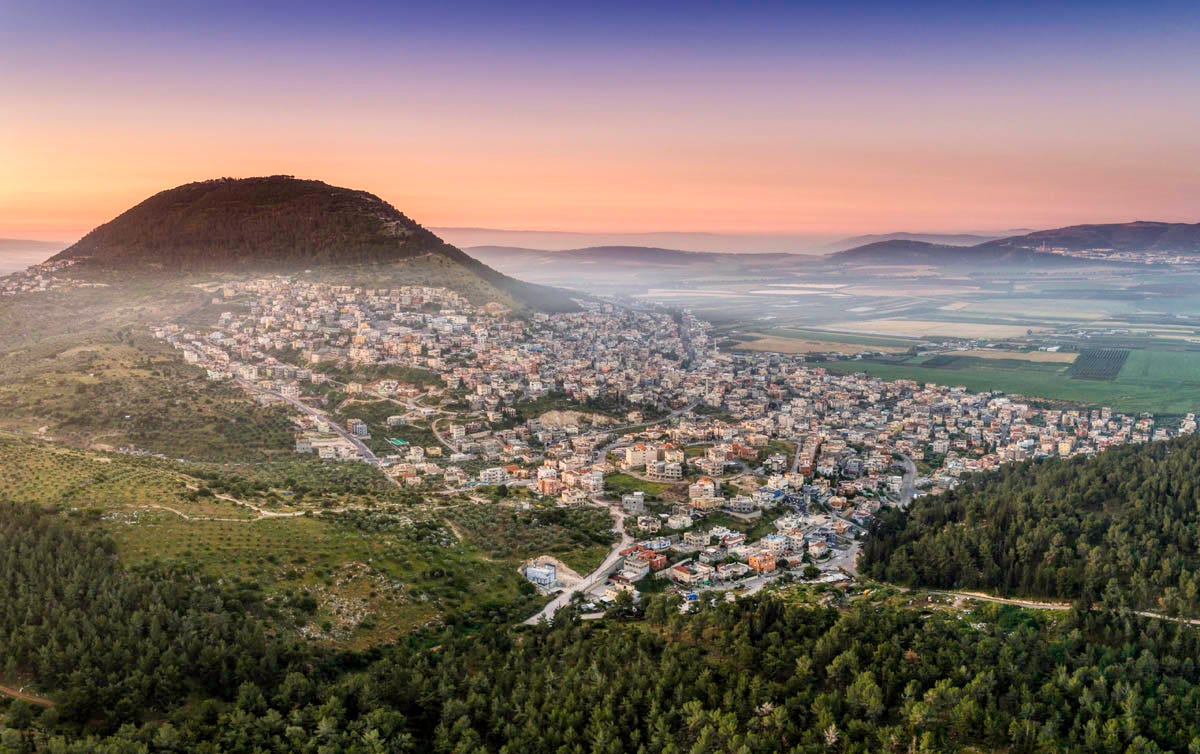After assigning the respective roles to the Kohanim and Leviim concerning the transport of the Aron, the shotrim further instructed the Bnei Yisrael to keep a distance of approximately 2000 Amos from the Aron.1
As previously discussed, proximity to the Aron can be more detrimental than beneficial. Yet, maintaining excessive distance was also not advisable. Therefore, the directive was to remain approximately 2000 Amos distant.
When one is deeply immersed in an experience, its profound significance might elude them. It is only upon stepping back that one can fully comprehend and appreciate its importance. This rationale underpinned the necessity for a spatial separation between the Aron and the people.2
Upon concluding their technical directives, the Shotrim gave way to Yehoshua, who transitioned to more spiritual guidance.
Yehoshua then told the people to prepare for the next day, this may mean physically3 or spiritually4. He then instructed the Kohanim to begin carrying the Aron ahead of…




